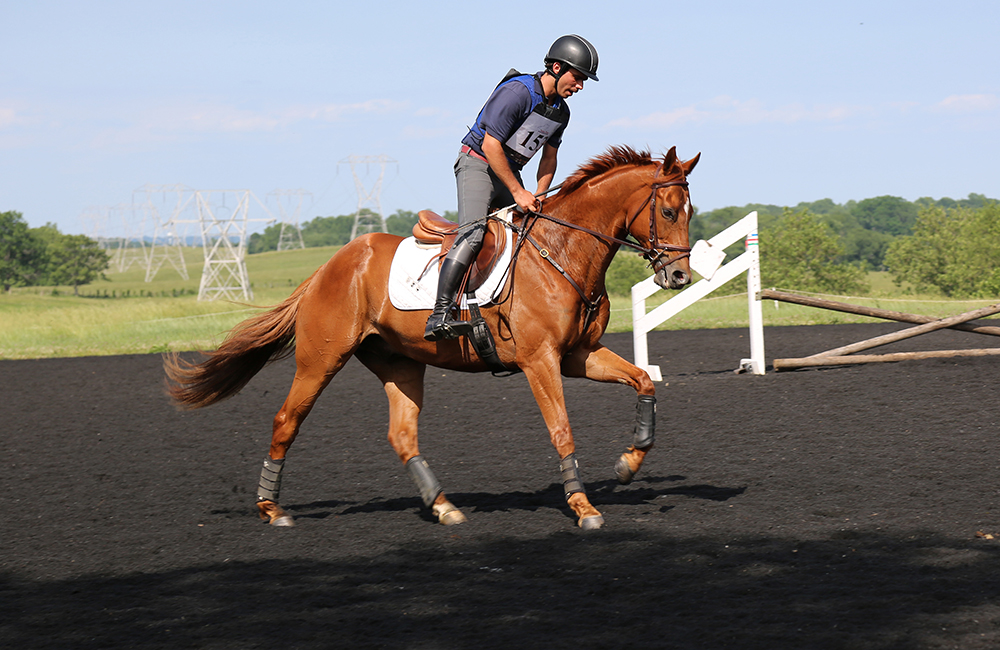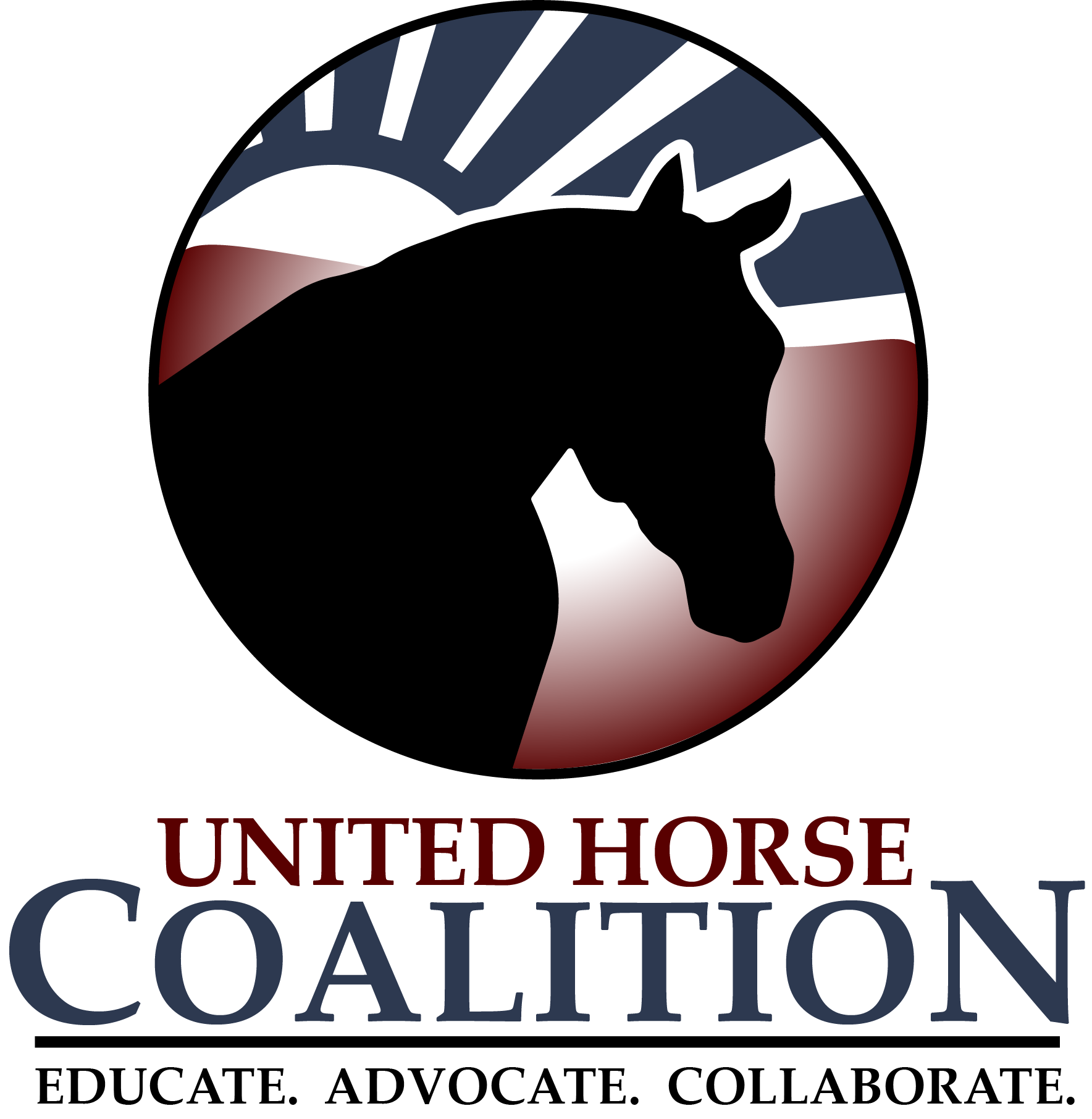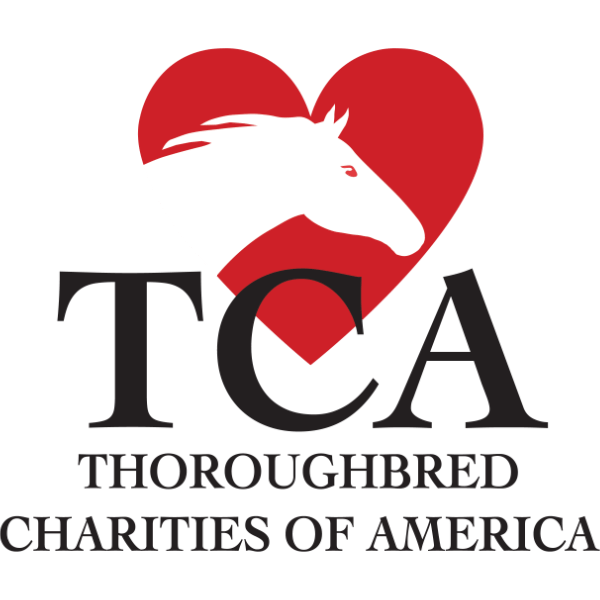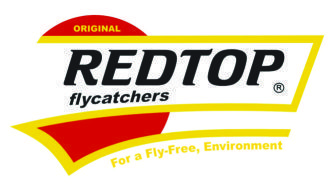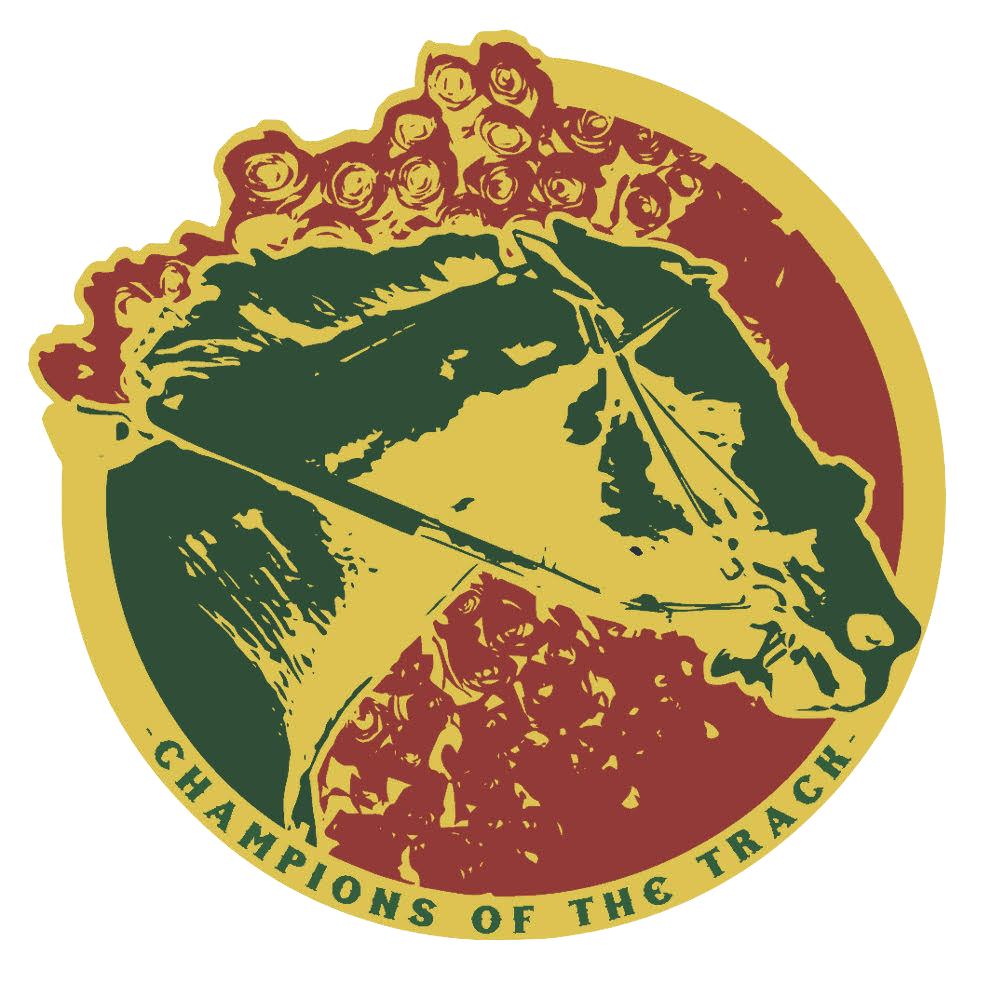Thanks so very much for considering a CANTER horse as your next prospect! We are delighted to offer such nice quality horses at our PA tracks. Often people ask us what to expect when buying directly off the track so we’ve tried to compile a few ideas for you. If you have any specific questions, please feel free to contact us direct at canterpa[at]canterusa.org.
1. We recommend buyers pick out a few horses to look at when they travel to the track; take advantage of having so many prospects in walking distance and keep an open mind. We strive to represent our horses to the best of our ability, but you may find a horse looks different in person or you may also brush off a horse standing in a dark stall, but be shocked at what a looker he is when he’s brought out.
2. Call the trainer of each horse to get more info; if you are still interested, set an appointment to meet them at the track. If something comes up and you can’t make it, please call and let the trainer know – “no shows” damage the program so we ask for a little common courtesy. You may also wish to give the trainer a reminder call the day before you are to arrive to make sure the horse you want to see hasn’t already sold. CANTER purchases are on a first come, first serve basis.
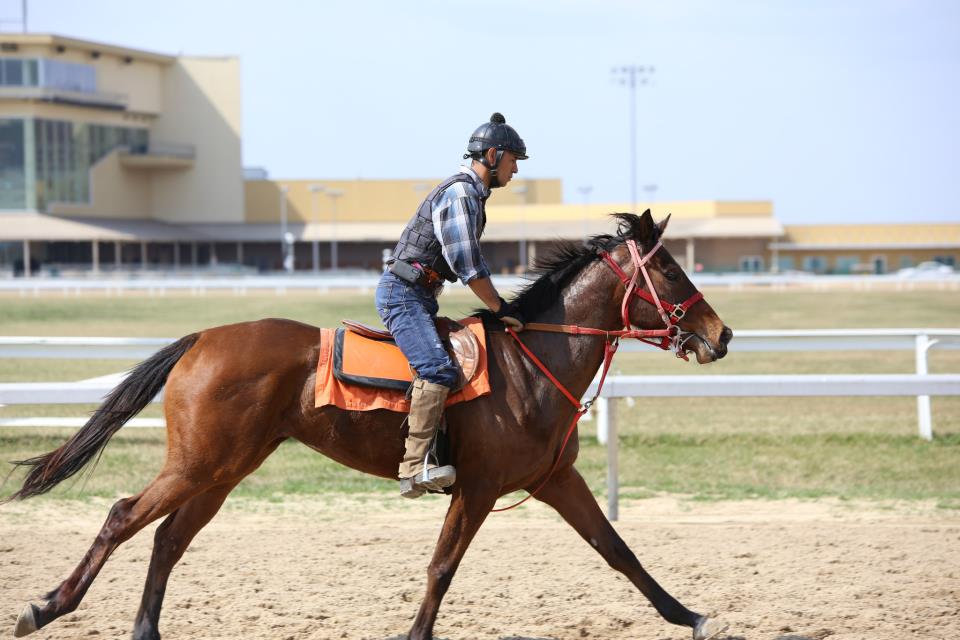
3. The best time to view horses is in the morning while the racetrack is open. Most trainers will be available and you’ll be able to see a greater number of horses than in the afternoon.
4. You may want to line up a vet appointment for a pre-purchase exam before you arrive, same with shipping. We have all necessary contact info on our Resources section.
5. The best negotiation tools are offering a quality home, cash and a trailer in tow.
6. In order to get on the backside, a trainer will need to sign you in at the gate (Penn National’s Gate is located on the corner of Mountain Road and Firehouse Road). You will need photo ID, such as a driver’s license.
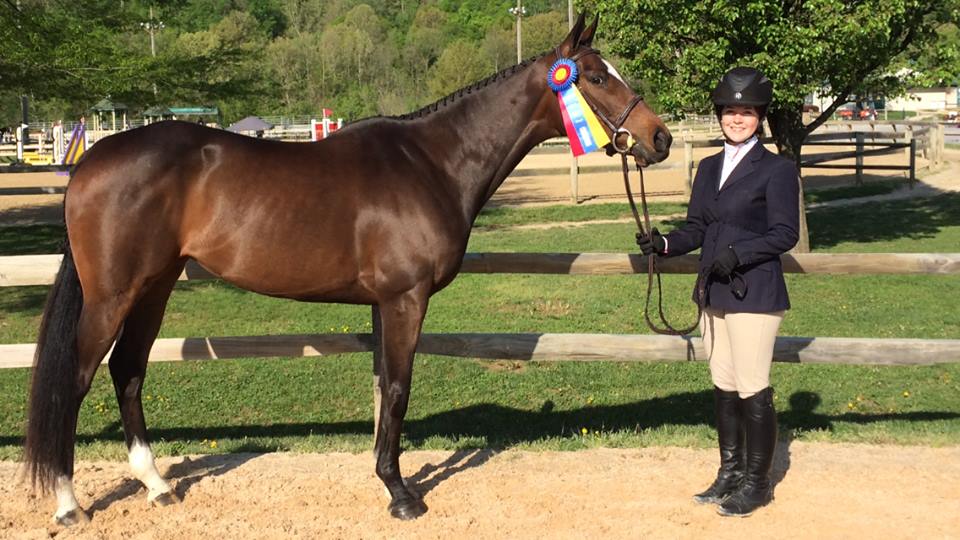
7. Once on the backside, horses have the right of way! Please give horses a very wide berth; it’s never good to become complacent around any horse, but particularly an unknown horse who may be somewhat excitable. When walking inside the barns, be very conscious of your surroundings; during training hours the shedrows can be filled with horses being ridden, handwalked, etc. When being approached by a horse, move to the inside of the shedrow or the left side of the horse and stand until the horse passes. The safest place for a pedestrian is always on the same side as the handler.
8. When evaluating a horse: Ask specific questions regarding soundness. Ask not only if the horse is sound, but if the trainer thinks the horse would x-ray clean, whether they think the horse has any knee or ankle chips/fractures/bows, etc. or if the horse has ever been x-rayed. Any soundness concerns should be evaluated by a vet.
a. If you are looking for a high level Eventer, you may want to ask whether the horse has any breathing issues or has bled – if he has bled, how badly and how often. Rarely do we hear of sport horses having an issue with bleeding; breathing is slightly more common although often resolved surgically.
b. Decide what is acceptable for YOUR purpose.
9. Check your horse’s race record (www.equibase.com); if there are any big gaps between races or huge drops in class, ask the trainer about them – this could be a sign of a soundness issue.
10. Ask questions you would of sport horse sellers – how long have you trained the horse? How is he under tack? How is he to handle on the ground? What does the horse eat (if the horse is really hot/obnoxious and he’s being fed a large amount of high octane sweet feed/day – then you’d hope he’d let down considerably). Ask if he finishes his feed (possible sign of ulcers)? Tell them what you want to do with the horse and ask if they think he’d be suitable? Some trainers have strong sport horse backgrounds, some don’t – so it’s up in the air how much weight you’d put on their responses, but gather as much info as you can. It’s always a plus if the trainer/owner has had the horse for a long time.
11. Vet your horse! This is money well spent; set yourself up for success by trying to limit the number of unknowns when bringing home a new horse.
12. Lastly, the best advice we can give is to be realistic; know what your priorities are in terms of level of soundness, personality, size, sex, price, age, etc. You may also see some horses that will be nice prospects but may need some time to let down or for their feet to improve or to recover from general body soreness, etc. You need to decide whether you want to take home a horse that is ready to go to work tomorrow vs. 3 months from now. If you are realistic, you’ll increase your chances for success.
